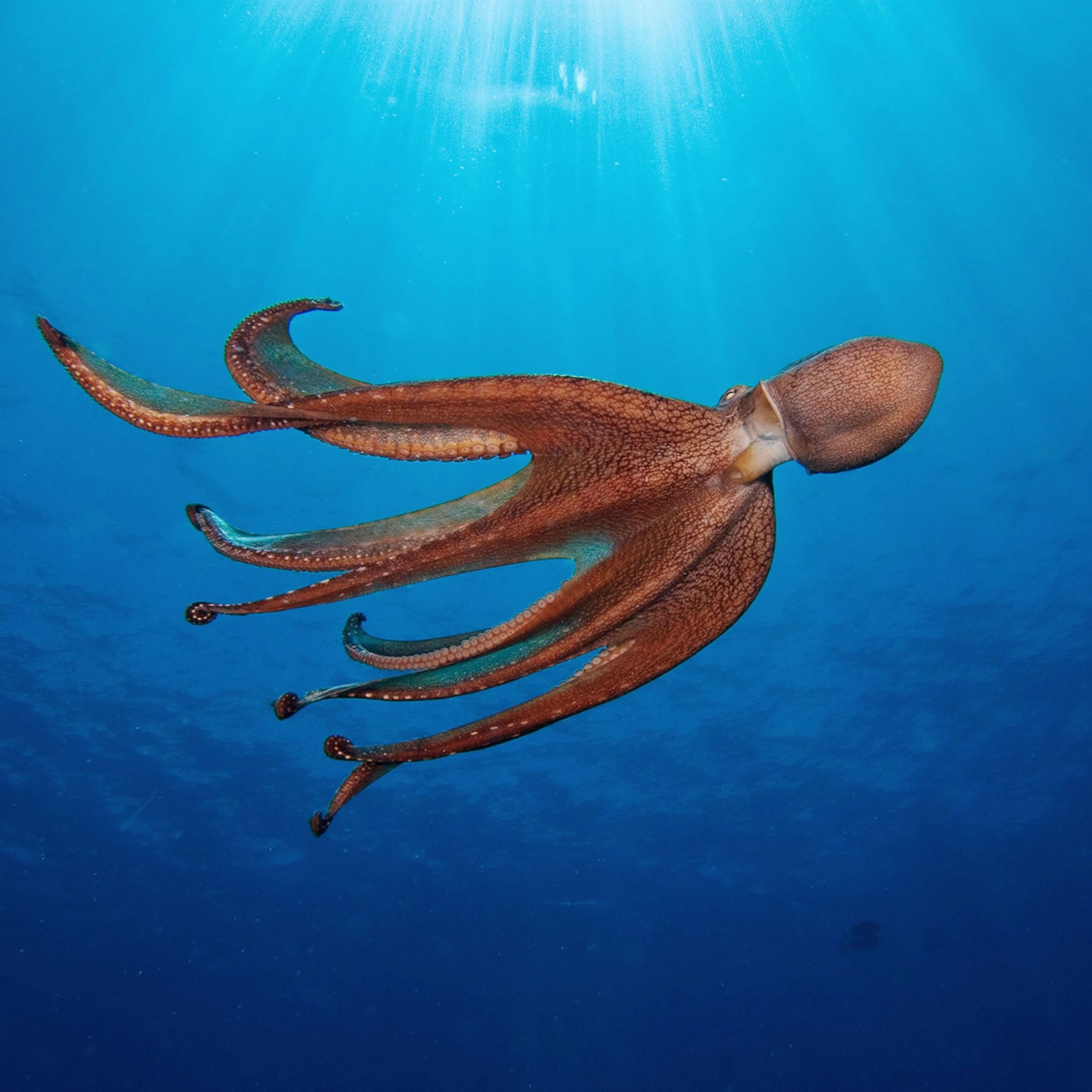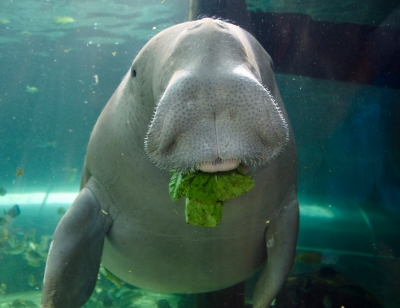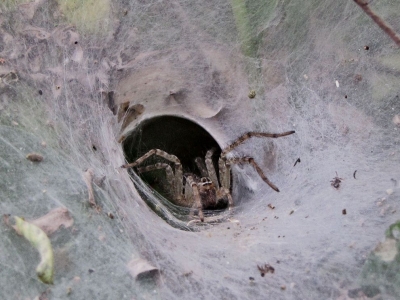WHY IS OCTOPUS BLOOD BLUE?

The octopus is a surprisingly complex creature and, quite possibly, the world's original "blue blood." Its 500 million neurons are distributed throughout its head and body, compared to the 100 billion neurons in our brains. The octopus's brain power isn't easily apparent at first glance, but it's proven itself capable of planning, reasoning and -- predicting sporting matchups. On the planning front, researchers have discovered that octopuses in Indonesia will gather coconut shell halves in preparation for stormy weather, then take shelter by going inside the two pieces of shell and holding it shut.
So what makes these smart sea creatures so adaptable? The ability is literally in their blood. The same pigment that gives the octopus blood its blue color, hemocyanin, is responsible for keeping the species alive at extreme temperatures. Hemocyanin is a blood-borne protein containing copper atoms that bind to an equal number of oxygen atoms. It's part of the blood plasma in invertebrates.
Blue-hued hemocyanin binds to oxygen in the blood and transports it throughout the octopus's body to supply tissues, a critical factor in its survival. Octopuses have three hearts and need more oxygen than most other invertebrates, so the hemocyanin allows octopuses to get a steady oxygen supply, even when it isn't readily available in their environment. It also ensures that they survive in temperatures that would be deadly for many creatures, ranging from temperatures as low as 28 degrees Fahrenheit (negative 1.8 degrees Celsius) to superheated temperatures near the ocean's thermal vents.
Researchers suspect the "blue blood" adaptation is the result of the octopus's inability to migrate away from challenging environmental conditions.
Credit : How stuff works
Picture Credit : Google

